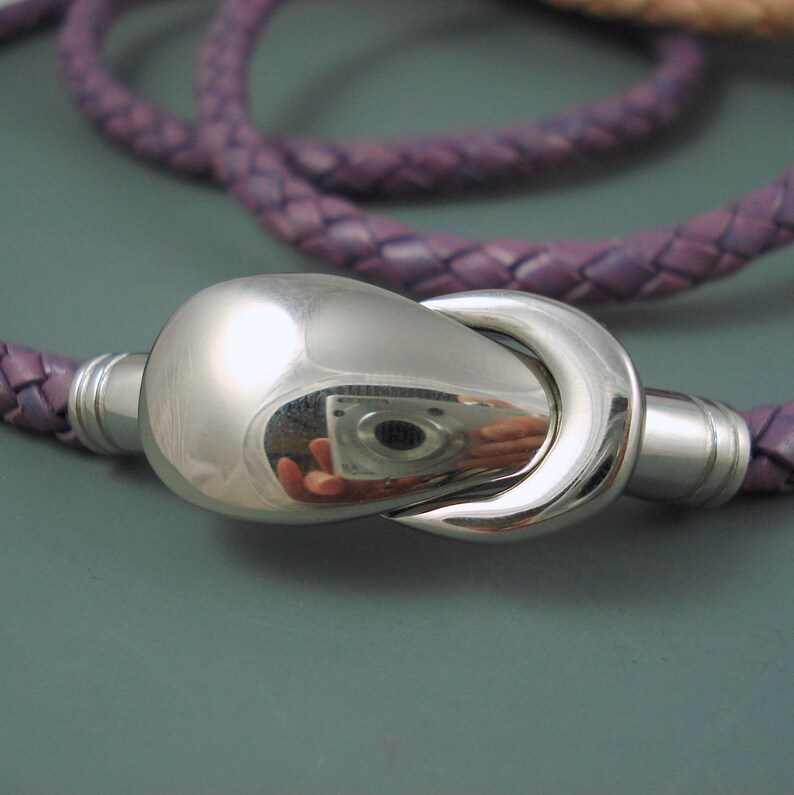
The heat treatment of martensitic stainless steels undergoes three processes, namely austenitising, quenching and tempering. Heat treatment of martensitic stainless steel Properties of selected hardened martensitic stainless steels. If the carbon content is low, these steels undergo cold working with relative ease. Although martensitic stainless steels can be hot worked, they do not possess good formability or weldability, but the addition of sulphur can improve their machinability. They are also among the group of stainless steels that are precipitation-hardenable to satisfy certain mechanical property requirements. Martensitic stainless steels are very amenable to heat treatment as they can be quenched and tempered to achieve improved mechanical properties, such as higher hardness and tensile strength. These steels have a face-centred cubic (FCC) structure at high temperatures, but when quenched during heat treatment, the austenite transforms into martensite with a body-centred cubic (BCC) structure. Martensitic stainless steels typically contain between 11.5 to 18% chromium, up to 1% carbon, and other elements, such as nickel, selenium, phosphorus, vanadium, and sulphur are added in different grades to achieve specific properties. Properties of martensitic stainless steel The applications of martensitic stainless steel.Heat treatment of martensitic stainless steel.The properties of martensitic stainless steel.It contains more chromium and manganese with an addition of molybdenum and sulphur/selenium, and it is used to make screws and gears.

It typically contains 11.5 – 13% chromium, 0.15% carbon, 0.1% manganese and is used in applications such as gas turbines blades and cutlery. The 410 grade is the base grade and also the most commonly used one. Martensitic stainless steels make up the 400 series of stainless steels. However, due to their relatively lower chromium content, martensitic stainless steels are not as corrosion resistant as ferritic or austenitic stainless steels. Unlike ferritic and austenitic stainless steels, they can be hardened by heat treatment.

They are also ferromagnetic, meaning that they can retain their magnetic properties after the magnetic field is withdrawn.

They were developed mainly to satisfy the property requirements for hardness, high strength, wear resistance, and corrosion resistance. Martensitic stainless steels are one of the four main types of stainless steels ( Austenitic, Ferritic, Duplex, Martensitic).


 0 kommentar(er)
0 kommentar(er)
